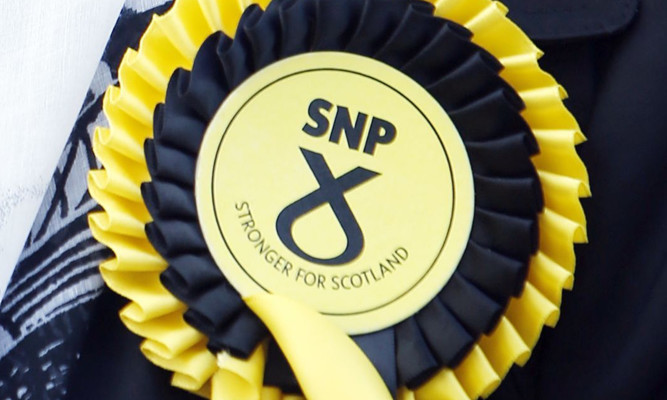Voters appear to be switching their support in the regional vote for Holyrood to ensure a “viable opposition” to the SNP, a new poll suggests.
The research from TNS shows support for the nationalists is down by eight percentage points in the regional vote, with all other parties except Labour benefiting.
It puts backing for the SNP at 47% (-8) while the Scottish Conservatives, Liberal Democrats and Greens are all up two points to 15%, 6% and 8% respectively.
Second-vote support for Labour remains unchanged at 21%, still well ahead of the Tories, their self-proclaimed rivals for second place.
The SNP remains well ahead in the constituency vote on 56% (-4), followed by Labour on 19% (-2), the Conservatives on 15% (+2) and Liberal Democrats on 6% (+2).
Tom Costley, head of TNS Scotland, said: “It may be that as people have started receiving leaflets at home and hearing more about the Holyrood election, they are perhaps being reminded about the possibility of using their ‘second vote’ to support an alternative party or candidate.
“Indeed, as it looks increasingly likely that the SNP will form the next Scottish government, voters may be starting to think about supporting another party in the regional vote without worrying that this will jeopardise an SNP victory.
“It is also possible that some voters want to ensure there is a viable opposition in the Scottish Parliament which is capable of holding the SNP government (possibly majority government) to account.”
Overall, a steady 67% say they are certain to vote on May 5 but only 69% of Labour backers say they will definitely cast their ballot compared to 80% of Conservative and SNP supporters.
The poll also found a large preference for Scotland remaining in the European Union, with 51% intending to vote to remain in the upcoming referendum and 19% backing a vote to leave.
A large number remain undecided, however, with 29% saying they do not know which way they will vote. Turnout looks set to be high, with 72% certain to vote.
Those intending to back Labour in May were most likely to vote to remain (66%), followed by SNP voters (60%). However, nationalist supporters also contain the highest level of undecided voters at 24%.
The lowest level of support to remain was among Conservative voters (45%), who are still more likely to remain than leave (33%).
Mr Costley added: “The high number of undecided voters at this stage is not surprising, given the greater focus in Scotland on the Holyrood election.
“This means the debate on EU membership is not yet taking on the same level of importance as in other parts of the UK.
“However, the anticipated high turnout may also show the public appreciates the importance of the issue, given it is being put to a referendum”.
TNS polled 1,013 adults aged 16 and above in Scotland over the period March 2 to 22.
